Here’s what Americans need to know.
In a major blow to American influence, China is now in prime position to expand control over the Panama Canal—a vital trade artery once built and managed by the United States—after a $23 billion deal backed by the Trump administration fell apart.
The agreement, originally involving U.S.-based BlackRock, would have transferred control of 43 global shipping ports—including two key ports flanking the Panama Canal—to a Western-aligned consortium. But under pressure from Beijing, the deal is dead. And China is ready to move in.
“We gave the Panama Canal to Panama—not China. And we’re taking it back,” President Donald Trump recently declared, drawing attention to what many view as a growing national security threat.
🇨🇳 China Moves Fast to Fill the Gap
Following the breakdown in talks, Hong Kong’s CK Hutchison, which operates the Balboa and Cristobal ports at either end of the Panama Canal, confirmed that exclusive talks with BlackRock had ended.
Now the company is openly inviting Chinese state investors into the deal. In a statement this week, Hutchison said it “remains open to discussions” to bring in a “major strategic investor” from the People’s Republic of China.
That investor is widely expected to be Cosco, China’s state-owned shipping behemoth. The same company already controls dozens of ports worldwide and is expanding aggressively—with the full backing of the Chinese Communist Party.
🚢 What’s at Stake: U.S. Sovereignty and Global Shipping Power
Although Panama claims full sovereignty over the canal, the reality is murkier. Whoever controls the ports at both ends of the canal can essentially influence everything that passes through it—shipping routes, military logistics, and global trade.
“China wants direct control—not just through Hong Kong intermediaries,” warned Dane Chamorro, global risk expert at Control Risks. “If they succeed, Cosco could become the undisputed global leader in port operations.”
Translation: America loses more leverage, while China locks down global supply chains.
💥 Trump Sounded the Alarm First
While past administrations ignored the quiet expansion of China’s power in Latin America, President Trump was the first to suggest the U.S. take back the canal—a bold move rooted in national defense and economic sovereignty.
The canal was constructed by the United States in 1914 and handed over in 1999 under a controversial treaty signed by Jimmy Carter. Since then, Chinese-linked companies have slowly gained influence in the region—without firing a shot.
And now, with the BlackRock deal off the table, Hutchison is looking to hand over even more global port infrastructure to Chinese state interests.
⚠️ What Comes Next?
If Beijing gets its way, China’s grip on global shipping routes will tighten, giving them immense leverage over U.S. trade, energy supply, and national defense.
And while Washington debates, Trump is the only one demanding action.

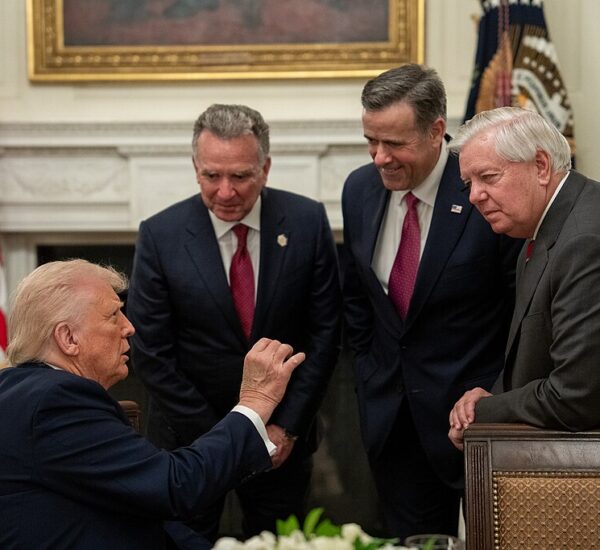
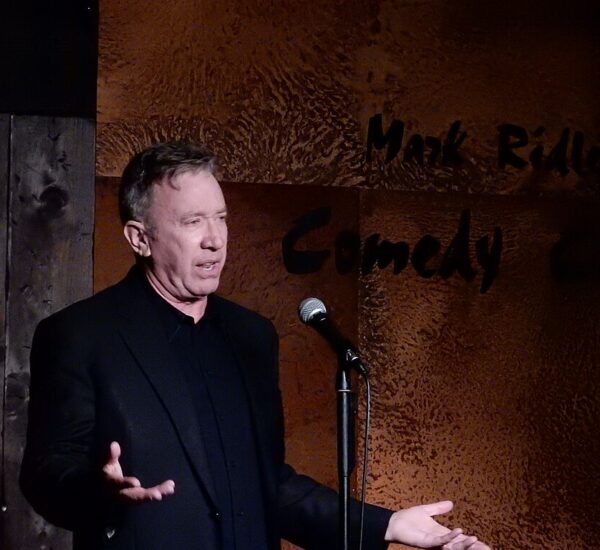
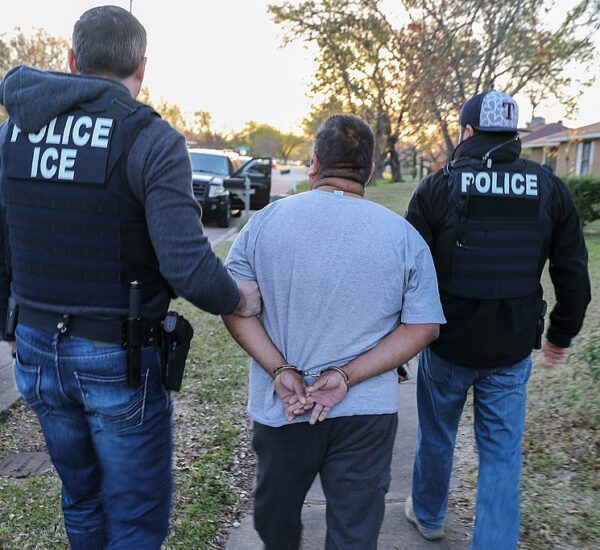
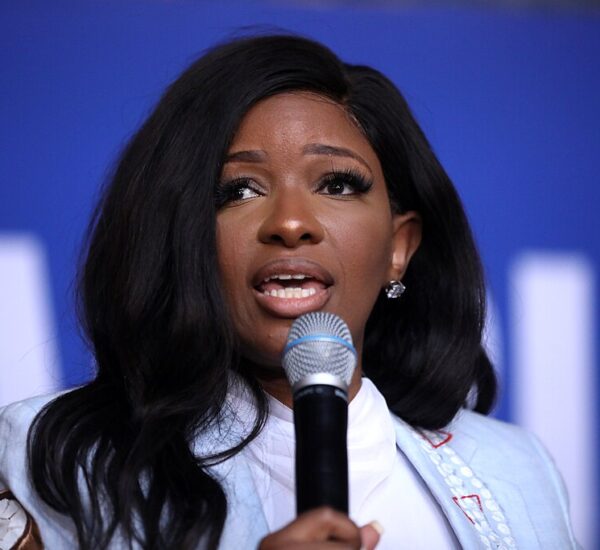
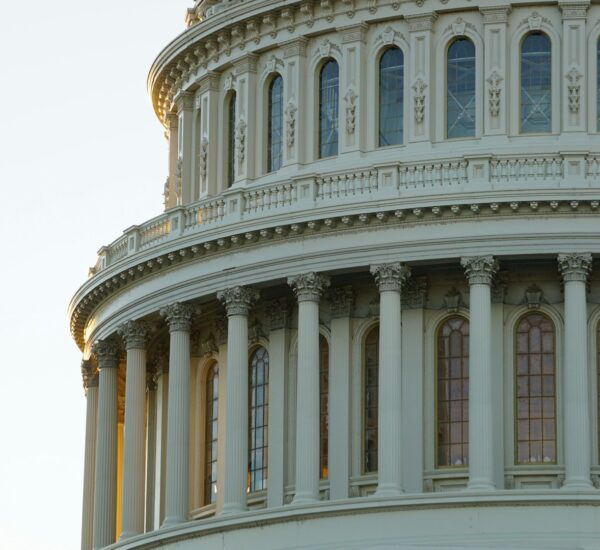

Carter was as useless as the dems that have followed him. We built the canal and China now controls it…bunch of idiot dems ONCE AGAIN wastes millions/billions. Yo dim dems: learn accounting an finance!
American people;e had better rise up and support Pres Trump and don’t let the Chinese near our country.’
they already have purchased thousands of acres of our agriculture land near STRAGiC military bases and I don’t believe they plan on planting cotton. No foreigners either.
Force China out of our country, and away from the Panama Canal!